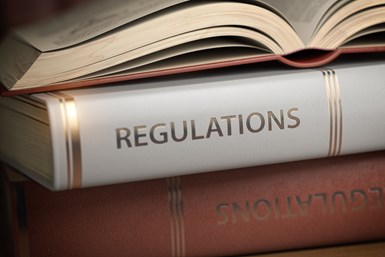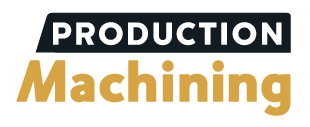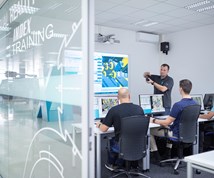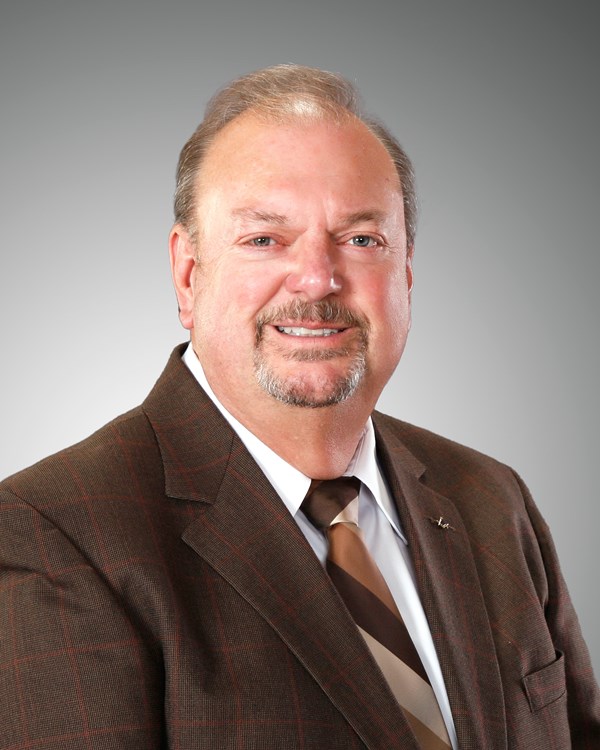Solvent Degreasing Regulations Explained
There is a current trend to exit some solvents to convert to a more environmentally preferred solvent that will comply with expected future regulations.
Years ago (and I am showing my older generation age now), The Clash had a hit song titled “Should I Stay or Should I Go.” More about this a little later in article (cliff hanger).
If your company is using solvent degreasing with older generation solvents such as perchloroethylene (PERC), trichloroethylene (TCE), methylene chloride (MC) or bromide or bromine (nPB) to clean your products, then you should already be aware of the current efforts and actions of the Environmental Protection Agency, Occupational Safety and Health Administration, Association Advancing Environmental and Occupational Health, and other organizations that deal with environmental health and safety (EHS) conditions to apply more restrictive regulations on these solvents or in some cases, complete phase out as required by new laws.
Featured Content
During my many years in dealing with solvents, I have seen the following solvents phased out or have seen classification changed because of a variety of reasons:
1992: Freon 113 and chlorofluorocarbon (CFC), phase out
1994: 1-1-1 trichloroethane, phase out
2003: chlorodifluoromethane (HCFC)-141B, phase out
2003: PERC, delisted as a volatile organic compound
2015: HCFC-225, phase out
2016: hydrofluorocarbon (HFC), final rule—use unacceptable by EPA
2016: TCE, EPA alert—known human carcinogen
2018: Planned ban on TCE, N-Methyl-2-pyrrolidone (NMP) and MC was moved by current administration from proposed rule to “long-term action,” meaning the process will be slowed, perhaps indefinitely.
MC, nPB and TCE are some older solvents still in use that have been classified as toxic.
There is a current trend to exit some of these solvents by corporations and individual companies to convert to a more environmentally preferred solvent that will comply with expected future regulations. Some users are continuing to use existing solvents and equipment that are still legal under specific conditions until future laws are enacted.

There is a lot of confusion in the market about which direction to take. Cost of any conversion always enters the decision-making equation as replacement solvents are generally higher in cost. Modern equipment to replace older, less efficient units increases cost. Internal production specifications (PPAP) compliance could add to this cost, as well.
The Paradox: Should I Stay, or Should I Go?
Most solvents (old and new) can clean—that is what they do. The main difference is environmental and health characteristics of the solvent being used. Users today are evaluating these new options to provide a safer workplace.
In a constantly changing world, manufacturers concentrate on their business, obtaining orders, meeting production requirements and making a profit. There are a lot of items that go into this matrix but the less new issues a manufacturer must deal with, the better. Time is valuable. Environmental compliance also comes with a cost.
The ups and downs of environmental compliance and trying to plan for future compliance within a controlled cost is difficult, at best. And when combined with confusion or variations of impending laws leads some manufacturers to consider process changes to reduce headaches.
The decision makers may consider alternate methods of cleaning as one example:
- Should I stay with solvent or go to aqueous?
- If aqueous, do I need new equipment, including waste water processing?
- Should I consider conversion to a more EHS-preferred solvent?
- Should I consider a new vacuum degreaser using modified alcohol or hydrocarbon blends consuming very little solvent while providing operator isolation from the process?
- What are the advantages and disadvantages of each process?
There are alternate choices for all. In some cases, one process is generally perceived or proven as superior, based on several different inputs. End-user confidence of cleaning results generally influence the final decision.
Why use solvent? Increased demands for quality and reliability calls for continuous improvements in many manufacturing processes, including cleaning. Cleaning methods must meet EHS concerns and must get the job done.
An end product must meet all applied specifications in a manner that ensures operation success. The fact that today’s cleanliness specifications for precision and critical cleaning cannot have any contaminant residue or rinse water residue on the end product drives some users toward solvent. Materials compatibility is a major area for concern where solvent is superior.
Use of solvent in manufacturing is growing because of inability of water to perform in certain criteria, component spacing, restrictive drying process, and in some cases, water is not available or simply cannot be used.
This is also why the government recognized the need for solvent cleaning and enacted certain laws to preserve this process until a better method is discovered.
New Solvent Regs are as ‘Clear as Mud’
Get informed. There is an abundance of information available in today’s world to consider the best cleaning method to suit your needs. From government resources, environmental organizations, equipment suppliers and chemical suppliers, to technical papers and consultants, there are companies that will perform cleaning analysis of your parts for free using a specific process to verify the results before you make a commitment. Use these resources to supplement your decision.
And that’s my Last Word!
About the Author
Joe McChesney
Joe McChesney is the global product line manager, solvents, at Kyzen Corp. He can be reached at 615-831-0888 or for more information from Kyzen, visit kyzen.com.
RELATED CONTENT
-
Selecting Solvents for Precision Cleaning
Stringent standards on precision cleaning ensure reliable and trouble-free performance in the final product.
-
Get to Know Cleanliness Standards
With a small amount of practice, it is possible to understand the underlying motivation of a cleaning standard and to figure out the specific aspects of the specification that are applicable to the customer.
-
The Importance of Drying Parts After Cleaning
Most cleaning processes consist of three steps, not two: wash, rinse and dry. That drying step is absolutely necessary for everything from product finishing to product performance to effective throughput to product quality.






